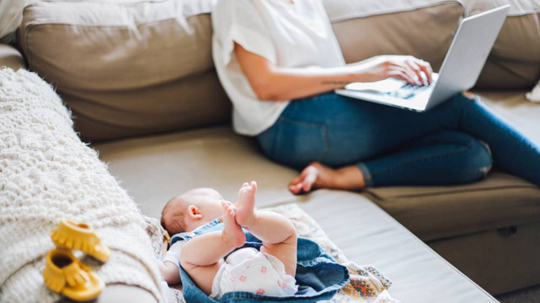New York, Dec 2: Highly skilled women who take time off work to raise children end up paying the highest 'motherhood penalties' - losing an average of 10 per cent in their wage per child, a new study has found.

Mothers who leave work to raise children often sacrifice more than the pay for their time off as when they come back their wages reflect lost raises, researchers said.
Researchers from New York University in the US examined data from a survey that tracked 4,658 women from 1976, when they were 14- to 21-year-olds, to 2010, when they were largely past their childrearing years at ages 45 to 52.
"In the case of highly skilled white women with high wages, what is striking is that they have the highest penalties despite the fact that they have the most continuous work experience of any group of women, which, other things being equal, would reduce their penalties," said Paula England, professor at New York University.
"Their high returns to experience and tenure mean that loss of every year of work caused by motherhood is much more costly for their future wages, even in proportionate terms, than it is for other groups of women," said England.
England studied how motherhood penalised white and black women and how this varied by their skill and wage level.
She found that highly skilled, highly paid white women lose an average of 10 per cent in their wage per child.
However, those with lower skills and/or lower wages lose significantly less, between four and seven per cent of their wage per child.
The penalties were lower for black women than for white women; however, unlike the white women, the penalties for black women did not differ significantly by skill or wage, said England.
"Women with the highest total motherhood penalties are in an advantaged group with high skills and high wages; even after they become mothers and suffer the steepest penalty, they are typically affluent because their own earnings are still relatively high, and many of them are married to high-earning men," said England.
"Given their relative privilege, we might still want to give priority to policies, such as child care subsidies, that help low-income women," she said.
"However, in an era when there are still few women CEOs and we have yet to elect a woman president, it is important to understand how much motherhood affects the careers of women at the top and to consider how this can be changed," she said.
The study was published in the journal American Sociological Review.





Comments
Add new comment